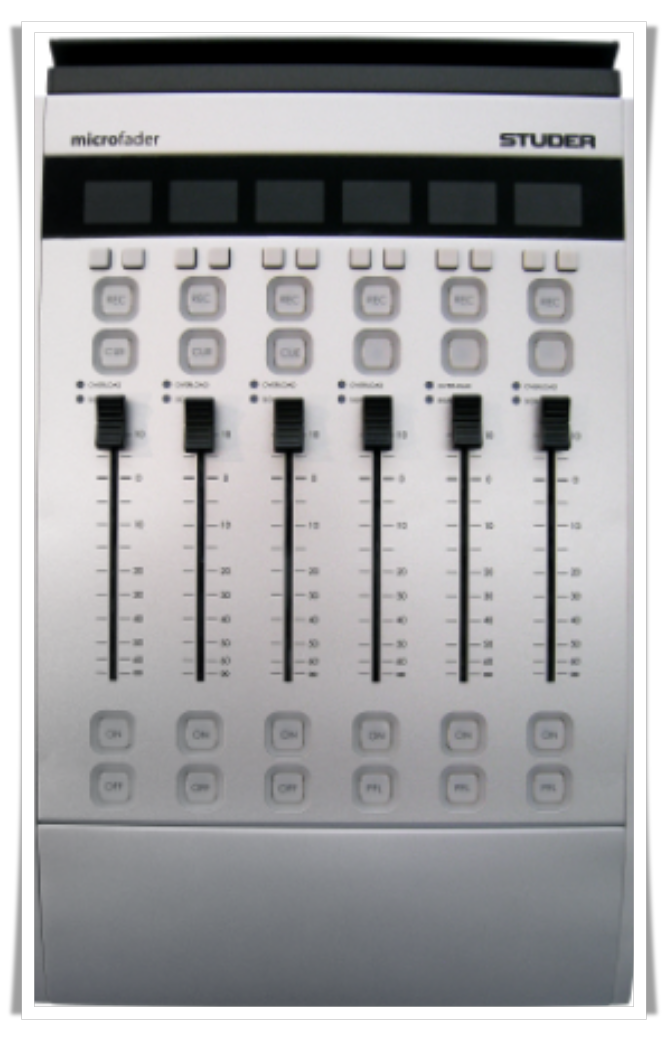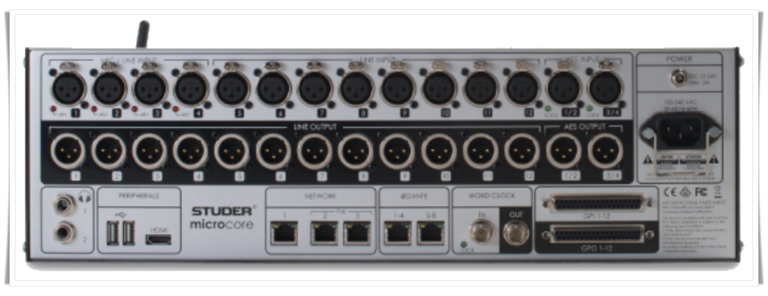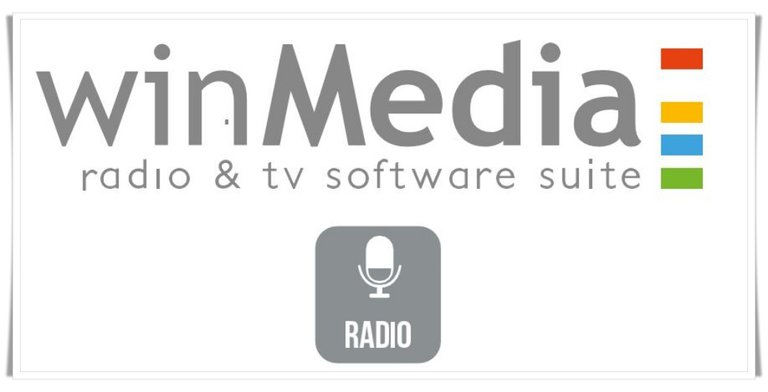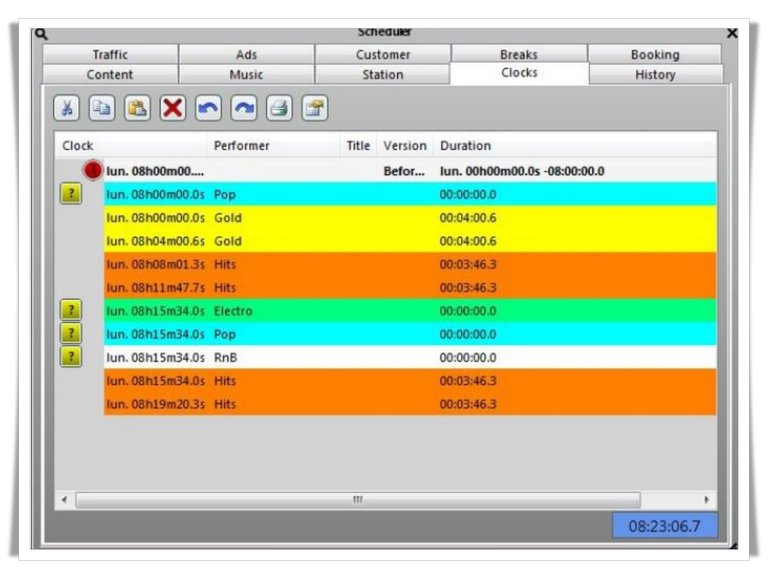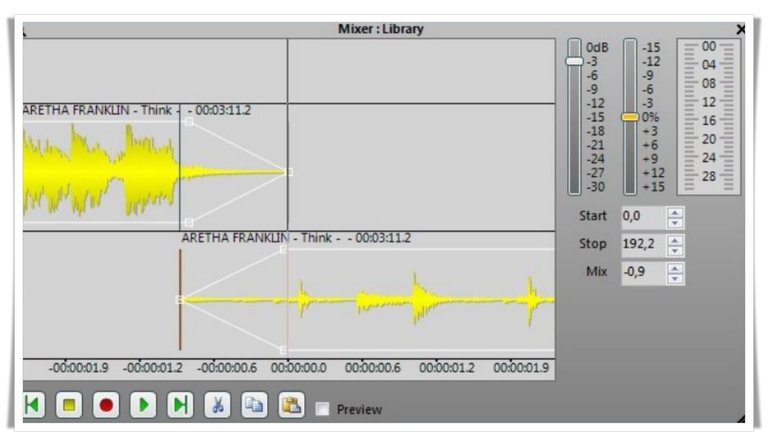Broadcaster Pro |Necessary Equipment and Software for Setting Up Your Radio Online
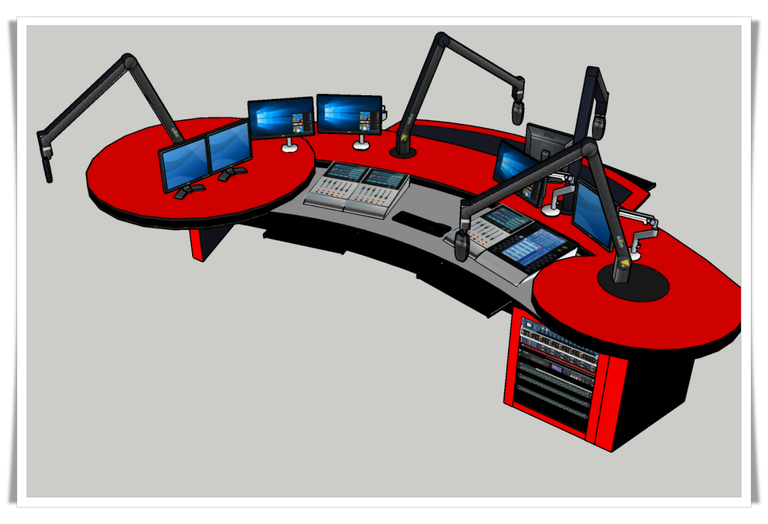
😎Gear Up: Equipment Essentials
Broadcasting Console (Studer Micro Core) Imagine your broadcasting console as the cockpit of a spaceship, steering your audience through the sonic galaxies. The Studer Micro Core, for instance, offers intuitive controls and professional-grade audio processing.
~Fader Panel (Control Volume or parameters pre listen etc.~
~ I/O Frame- Front View~
~I/O Audio point rear view of the frame~
😎Rock On: Recommended Software for Seamless Streaming
WinMedia is a powerful software designed for radio stations of all sizes. It's a one-stop solution for managing broadcast content and automating the playout process. With WinMedia, you can handle the entire broadcast workflow in one place. This includes tasks like bringing in content, creating schedules, editing productions, and either broadcasting live with assistance or fully automating the playout of multiple channels. It's a comprehensive tool that makes running radio stations of different sizes a breeze.
~Winmedia logo~
~Winmedia On-Air Playout Software~
In WinMedia, you can schedule music in two ways – Automatic and Manual.
👉Automatic Music Scheduling happens when WinMedia makes playlists for you using Program Templates you made earlier.
👉Manual Music Scheduling is when you add songs from your WinMedia Library to your playlists yourself.
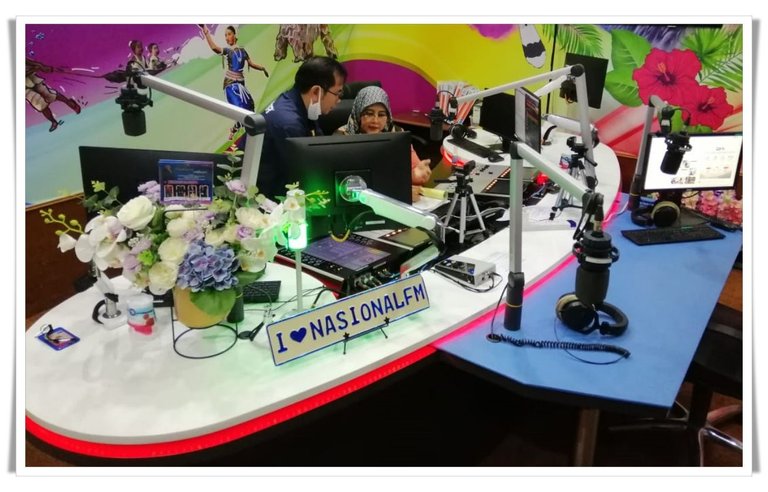
😎Connecting the Dots: Audio Sources
Example: Integrate Microphones for Live Interviews Suppose you want to spice up your stream with live interviews. Integrate microphones into your setup, inviting guests to share their insights and stories directly with your audience.
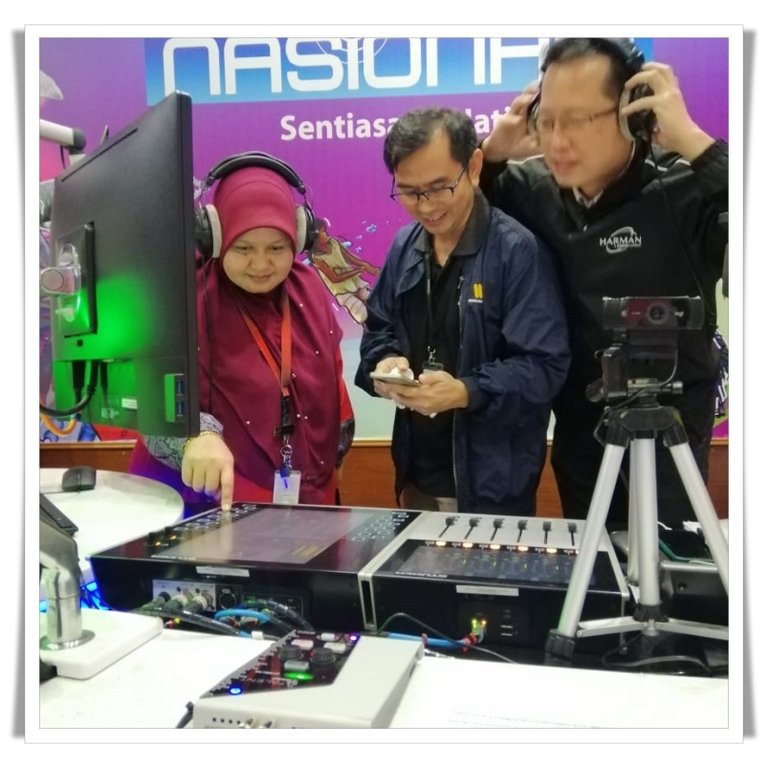
😎Your Show, Your Schedule: Crafting a Broadcast Schedule
Example: Time Slots for Different Genres Consider having dedicated time slots for specific genres – mornings for pop hits, and afternoons for rock classics. This structured schedule caters to diverse listener preferences throughout the day.
~Picture show transition to another song~
😎Smooth Transitions: Between Automated Segments
Example: Fade-In and Fade-Out Effects Picture a DJ effortlessly transitioning between tracks at a live event. Implementing fade-in and fade-out effects in your stream mimics this professional touch, creating smooth transitions between songs or shows.
😎Branding Brilliance: Jingles and Station Identifiers
Example: Catchy Jingles for Brand Recognition Think of jingles as your station's musical signature. Craft catchy and memorable jingles that listeners associate with your brand, making your station instantly recognizable.
😎Sound Check: Audio File Recommendations
Example: Optimal Bitrate for Quality Consider an optimal bitrate of 128 kbps for your MP3 files. This strikes a balance between audio quality and bandwidth, ensuring your stream remains crystal clear without overwhelming your listeners' internet connections.
😎Mix It Up: Playlist Management
Example: Regular Updates for Variety Imagine having a playlist refresh every week, introducing new tracks and surprises. Regularly updating and categorizing playlists keeps your content dynamic, catering to a diverse audience.

😎Stay Connected: Network and Connectivity
Example: Redundant Systems for Backup Let's say you're hosting a live event, and the primary internet connection acts up. A redundant system, like a backup mobile hotspot, ensures uninterrupted streaming and saves the day.
Record, Archive, Repeat: Logging Storage Integration
Example: Automatic Archiving for Easy Access Consider automatically archiving your broadcasts in a cloud storage system. This ensures easy access to past broadcasts for future reference or sharing highlights with your audience.
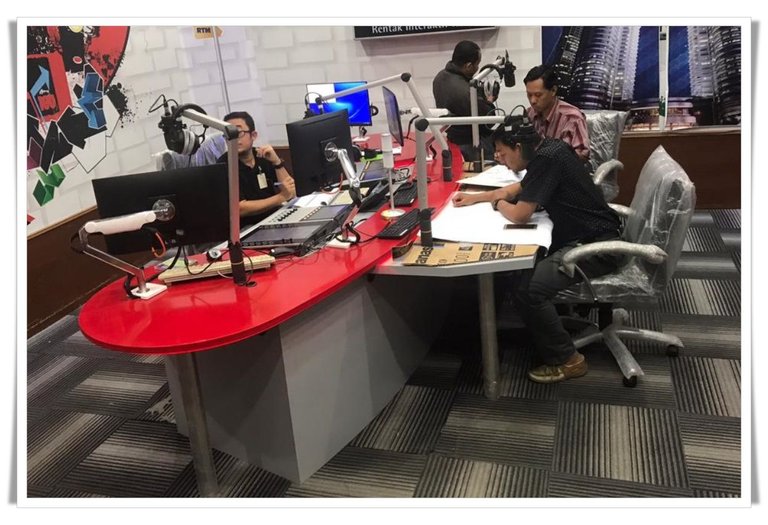
😎Smooth Operator: Monitoring and Troubleshooting
Example: Real-Time Monitoring Tools Visualize having real-time monitoring tools alert you to potential technical glitches. Regularly checking these tools allows you to address issues promptly, maintaining a seamless broadcast.
😎Legal Eagle: Licensing Considerations
Example: Acquiring Music Licenses Think of music licenses as your broadcasting passport. Acquiring licenses for the songs you play ensures compliance with copyright laws and keeps your stream legally sound.
Compatibility with Devices and Platforms
Example: Optimize for Mobile Devices Consider optimizing your stream for mobile devices. This ensures that listeners can tune in on the go, expanding your reach and making your content accessible to a wider audience.
😎Level Up: Additional Features and Enhancements
Example: Interactive Features for Listener Engagement Imagine listeners making song requests or engaging in real-time chat during your live show. Interactive features add a layer of engagement, turning your stream into a community-driven experience.
And there you have it – your personalized guide to setting up a Simple Radio Streamline with real-world examples and practical applications. It's time to unleash your creativity and share your passion with the world. Happy streaming!
//-Please note that all images utilized are my own unless explicitly mentioned otherwise.-//
Appreciation for taking the time to visit and read my post. I sincerely hope you enjoy it!
